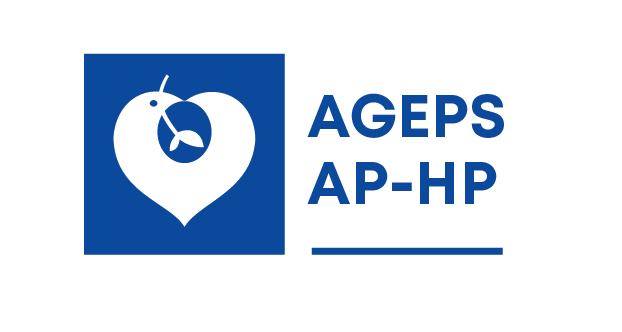François Bocquet (1), Isabelle Fusier (2), Anne Laure Cordonnier (2), Philippe Lechat (3), Pascal Paubel (1)
(1) General Agency of Equipment and Health Products (AGEPS), Assistance Publique Hôpitaux de Paris (AP-HP), Paris, (France); Health Law and Health Economics Department, Faculty of Pharmacy, Paris Descartes University, Sorbonne Paris Cité, Paris, (France); Health Law Institute, Inserm, UMR S 1145, Paris Descartes University, Sorbonne Paris Cité, Paris, (France).
(2) General Agency of Equipment and Health Products (AGEPS), Assistance Publique Hôpitaux de Paris (AP-HP), Paris, France.
(3) Committee on Medicinal Products (COMEDIMS), Assistance Publique Hôpitaux de Paris (AP-HP), Paris, (France).
Introduction
The aim of this study is to analyze the budgetary impact of different scenario of tenders between the branded infliximab (BRANDED-INFLIX) and its biosimilars (BIOSIM-INFLIX) that could be implemented in the 37 public hospitals of Paris (AP-HP).
Material and Methods
Data collected: i) branded infliximab expenditures over the 2012-2014 period; ii) 2014 medical information from PMSI hospital database (French medical information system program) to determine for which therapeutic indications the patients were treated with infliximab (gastroenterology, rheumatology, dermatology or others) by distinguishing infliximab-naïve patients (INFLIX-NAÏVE) and infliximab-experienced patients (INFLIXEXPERIENCED). Three scenarios have been considered for the budget impact analysis: tender between BRANDED-INFLIX and BIOSIM-INFLIX to list only one infliximab in the hospital drug formulary with a hypothetical price decline of 20% (S1) or 30% (S2); tender between BRANDED-INFLIX and BIOSIMINFLIX only for INFLIX-NAÏVE and no tender for INFLIX-EXPERIENCED who remain treated by BRANDED-INFLIX with a price decline of 20% and a proportion of INFLIX-NAÏVE treated by BIOSIMINFLIX of 10% (S3).
Résults
The BRANDED-INFLIX represented €42.1M expenditures in 2014, €38.1M in 2013 and €33.6M in 2012. In 2014, 5,483 patients were treated with the BRANDED-INFLIX for several therapeutic indications: gastroenterology (61.9%), rheumatology (26.4%), dermatology (1.4%) and others (10.3%). The proportions of INFLIX-NAÏVE by indication were: 35.9% in rheumatology, 32.5% in gastroenterology, 40.3% in dermatology and 42.8% in others. For 1 year, the 3 scenarios would generate different levels of savings: €7.6M for S1 (€2.1M in rheumatology, €4.8M in gastroenterology, €0.1M in dermatology and €0.6M in other indications); €11.4M for S2 (€3.2M, €7.1M, €0.2M, and €0.9M respectively for each of the same indications); €2.4M for S3 (€0.7M, €1.5M, €0.03M and €0.2M respectively).
Conclusion
In 2015, the Committee on Medicinal Products of AP-HP has decided to implement tenders between
BRANDED-INFLIX and BIOSIM-INFLIX in AP-HP but only for INFLIX-NAÏVE patients (S3) because the current French law does not yet allow the switch from branded biologics to biosimilars. A BIOSIM-INFLIX has won the tender in September 2015 and has resulted in a price discount estimated at 45%, which is a gain estimated at around €6M per year for AP-HP. In addition, the renegotiation of the BRANDED-INFLIX price has generated more than € 1 million savings for the institution.

